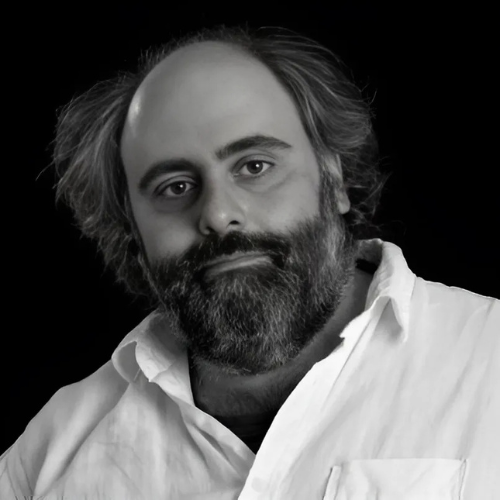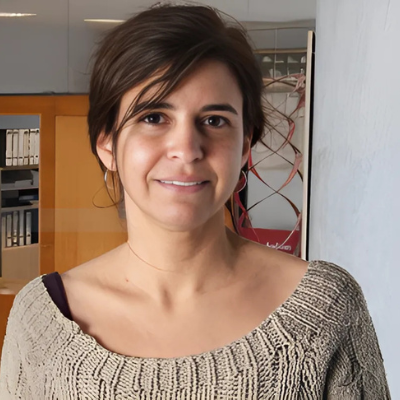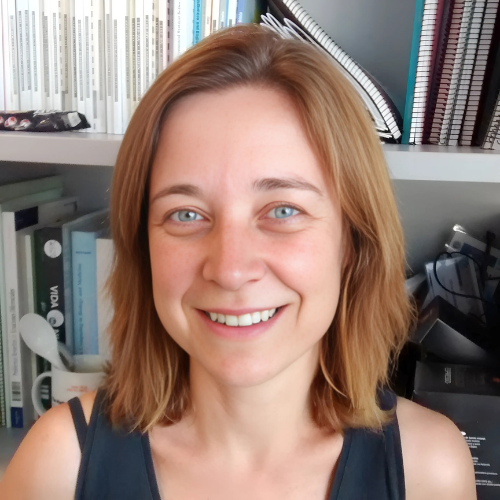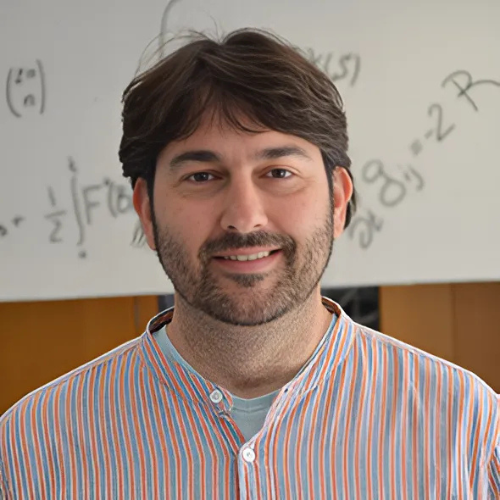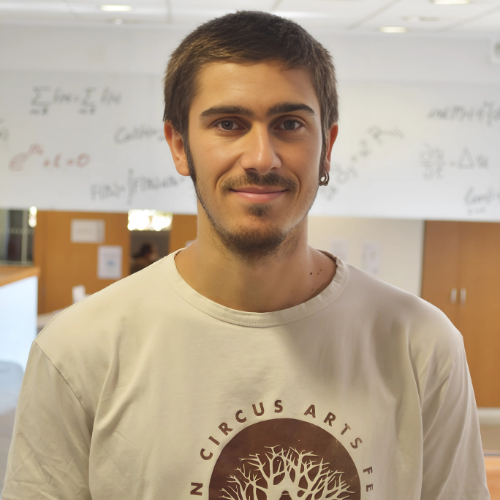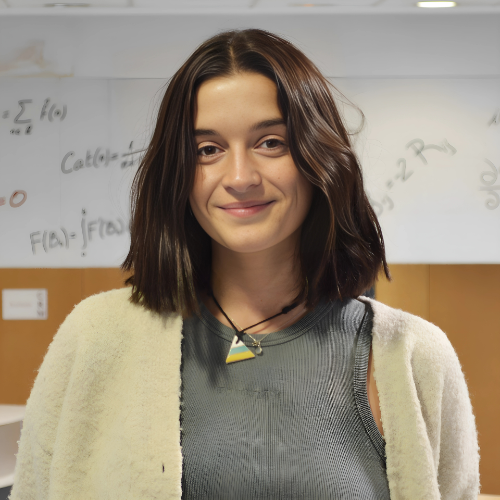The dynamics of biological systems is driven by interactions between many elements at a given level of biological organisation (e.g. molecular, cellular, organism), but also by the couplings that exist between said levels (e.g. from molecules to cells to populations). Such couplings are highly non-linear and make the analysis of complex biological systems extremely challenging . The remit of the Mathematical and Computational Biology is the development of new theory, models, techniques, and tools that are relevant to biologists and clinicians. For this purpose we use a plethora of mathematical techniques including stochastic multiscale models, dynamical systems theory, singular perturbation analysis, bifurcation analysis, morphometrics, dimensional reduction tools and efficient simulation methods, as well as statistics, machine learning or optimization. We tackle issues such as understanding how genetic variation leads to variation in the characteristics of organisms, the so-called genotype-phenotype map, the arising of such map in embryonic development, its influence in the direction of phenotypic evolution. We also formulate new models of virus evolution and therapies that account for intrinsic heterogeneity and noise, we study the design of new strategies to avoid drug resistance induced by cancer-cell heterogeneity and analyze the mechanisms of ageing. Our research is collaborative in nature and we make an effort to keep close collaborations with both biologists and medical practitioners.
GROUP LEADERS
EXTERNAL COLLABORATORS
CSIC Associated Unit (DySCoVir) between the I2SysBio and CRM
The I2SysBio and the Centre de Recerca Matemàtica (Mathematical Research Center) launch the associated unit Dynamic Systems and Computational Virology (DysCoVir) — News — DysCoVir website


